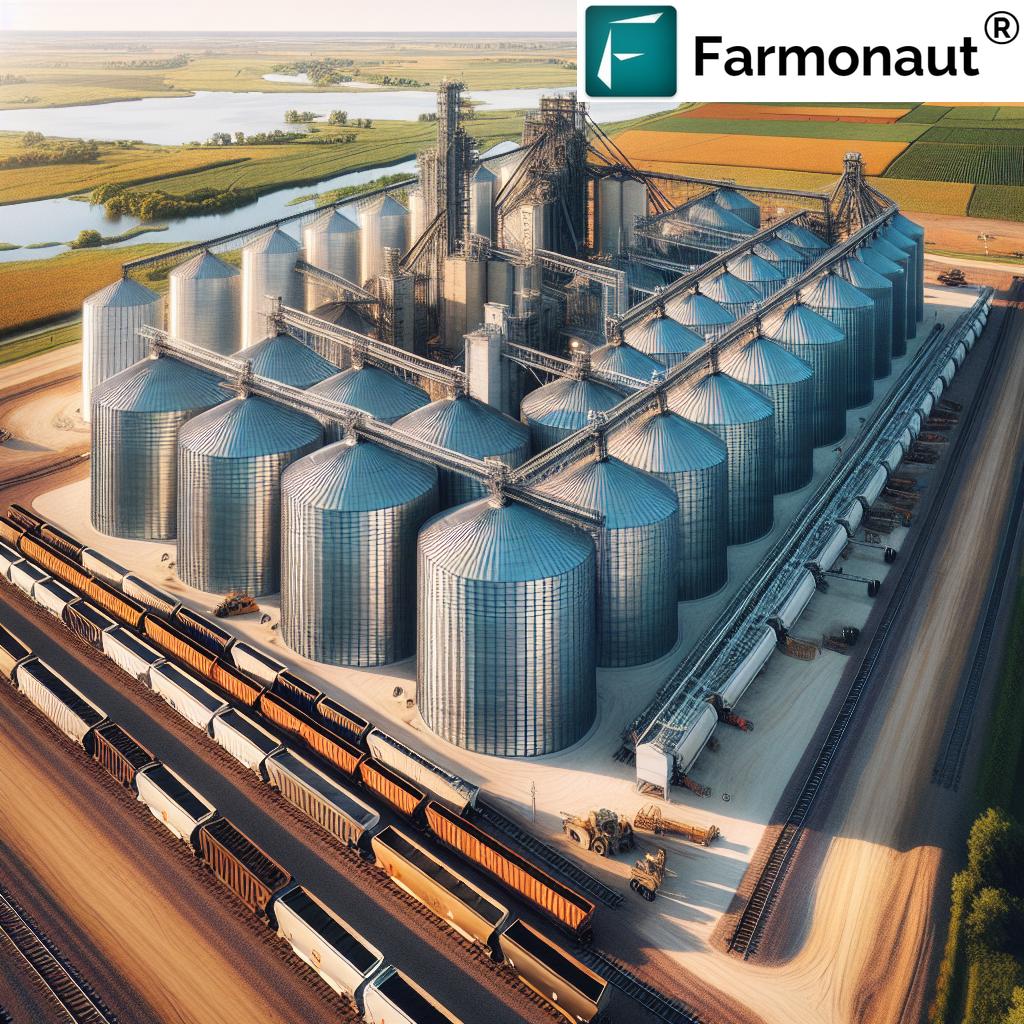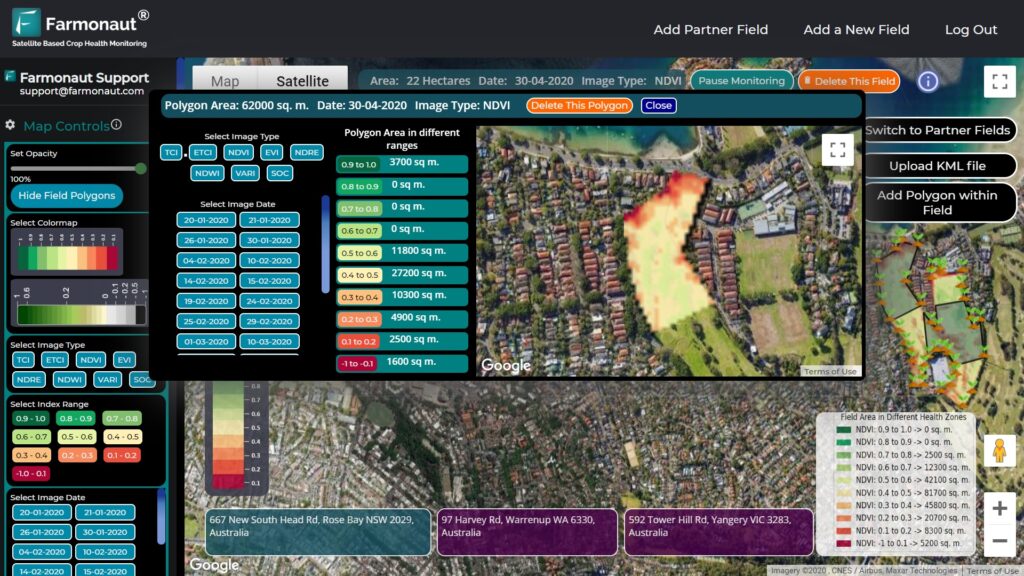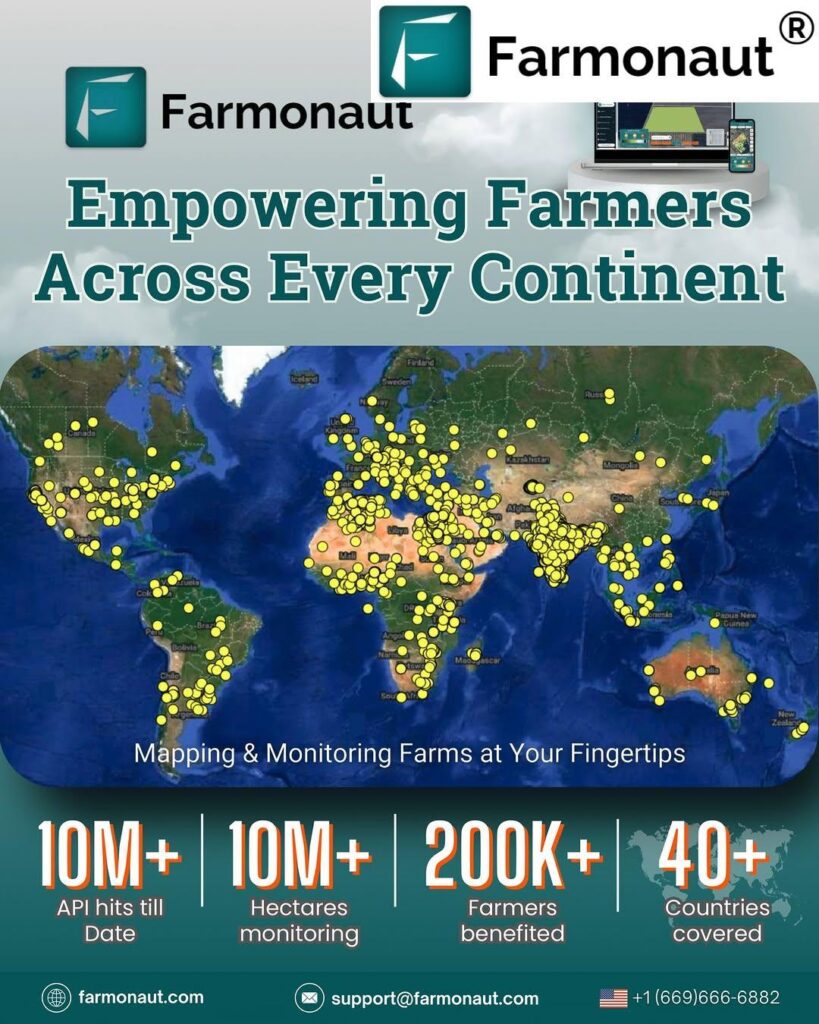Discover Missouri’s Rich Agricultural Heritage: From Pioneer Settlements to Livestock Judging Contests
As we delve into the rich tapestry of Missouri’s agricultural history, we uncover a fascinating journey that spans from the early pioneer settlements to the thriving livestock judging contests of the 20th century. Join us as we explore the evolution of Fulton and Callaway County, witnessing the transformation from muddy crossings to a vibrant agricultural community that has left an indelible mark on the state’s cultural identity.
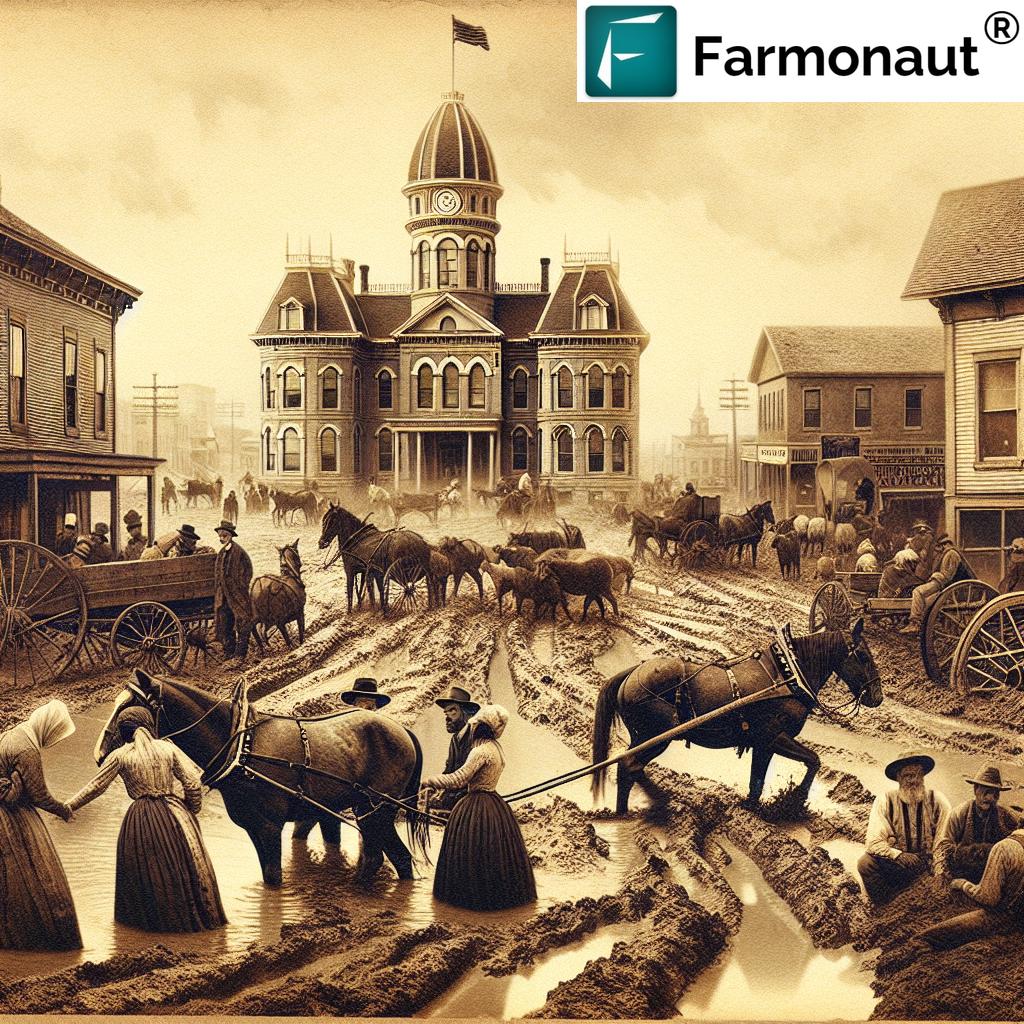
“The Kingdom of Callaway Supper, honoring notable citizens, has been a cherished local tradition in Missouri for over 100 years.”
Early 20th Century Missouri: A Time of Transition
As we step back in time to the early 1900s, we find ourselves in a Missouri that was rapidly evolving from its frontier roots. The state was experiencing a remarkable transformation, with agriculture at the heart of its economic and social development. Let’s explore some of the key events and challenges that shaped this pivotal period in Missouri’s history.
The Muddy Crossings of Fulton
One of the most striking aspects of life in early 20th century Missouri was the state of its streets and roadways. In Fulton, the county seat of Callaway County, citizens faced a daily struggle with impassable muddy streets. Even on the town square, the public was forced to wade through mud that was “shoe mouth deep.” This challenging situation led to urgent calls for action from the community.
As one local newspaper reported: “Our citizens are compelled to swim in mud from one side of the street to the other.” This vivid description paints a picture of the difficulties faced by Fulton’s residents as they went about their daily lives. The need for improved infrastructure was clear, and it would become a driving force in the city’s development in the coming years.
Pioneer Settlers and Their Legacies
The early 1900s also saw the passing of many of Missouri’s pioneer settlers, those brave individuals who had helped establish the state in its early years. One such story is that of Richard Clement, who died while attending the funeral services for his wife at their home 15 miles northeast of Auxvasse. The Clements were described as “pioneer citizens,” a testament to their role in shaping the local community.
These pioneers left behind a legacy that would continue to influence Missouri’s development for generations to come. Their stories of perseverance and determination in the face of hardship serve as inspiration for modern Missourians and remind us of the state’s rich historical tapestry.
The Value of Land and Livestock
Another fascinating glimpse into Missouri’s past comes from the story of Wm. Slavens, who moved from Greenbrier County, West Virginia (then part of Virginia) to Missouri in 1820. Upon arrival, Slavens was offered 40 acres of land inside the city limits of St. Louis in exchange for his one cow. Remarkably, he chose to keep the cow.
This anecdote illustrates the changing perceptions of value in early Missouri. While today we might view the land offer as an incredible opportunity, for pioneers like Slavens, livestock represented a crucial resource for survival and prosperity in the new territory.
The Rise of Agricultural Education and Competitions
As Missouri entered the 20th century, the state’s agricultural sector began to evolve rapidly. One of the most significant developments was the growth of agricultural education and the establishment of livestock judging contests. These initiatives played a crucial role in advancing Missouri’s farming practices and solidifying its position as a leader in American agriculture.
“Missouri’s livestock judging contests, dating back to the early 20th century, have trained thousands of agricultural experts over decades.”
The Missouri College of Agriculture and Livestock Judging Contests
The Missouri College of Agriculture, now part of the University of Missouri, became a hub for agricultural innovation and education. One of its most impactful programs was the annual judging contest, which attracted young farmers and aspiring agricultural experts from across the state.
In 1925, J.W. Burch, who was connected with this annual contest, reported on a particularly successful year for Callaway County. Three local boys – Herbert Clatterbuck of Guthrie, Donald Waggoner of New Bloomfield, and Leonard Wade of Fulton – won gold medals in various categories.
- Herbert Clatterbuck won the Horse & Mule Judging Contest and was awarded the medal for the best judge by the Kansas City Horse and Mule Commission. He also won the medal offered by the Missouri Corn Growers’ Association for the best judge of corn.
- Donald Waggoner was awarded the Kansas City Live Stock Exchange Medal for the best total grade on all classes of livestock.
- Leonard Wade won Best Judge of Jerseys by the Missouri Jersey Cattle Club.
These achievements not only brought pride to Callaway County but also highlighted the quality of agricultural education and talent in the region. As Burch noted, “Having served two years as county agent in Callaway County, I shall always feel that they grow ‘a little better boys’ in Callaway than anywhere else.”
The Impact of Livestock Judging on Careers
The skills developed through these contests often led to successful careers in agriculture. Donald Waggoner, for instance, made livestock judging his life’s work. He became the Missouri agent for the Producers’ Livestock Exchange in East Saint Louis, traveling throughout the state to identify top-quality cattle and encourage owners to sell them at the Exchange. Even into his 80s, Waggoner was known and respected for his no-nonsense approach and sharp eye for livestock.
This story illustrates how the agricultural education and competitions of the early 20th century helped shape the careers of many Missourians, contributing to the state’s agricultural expertise and economic growth.
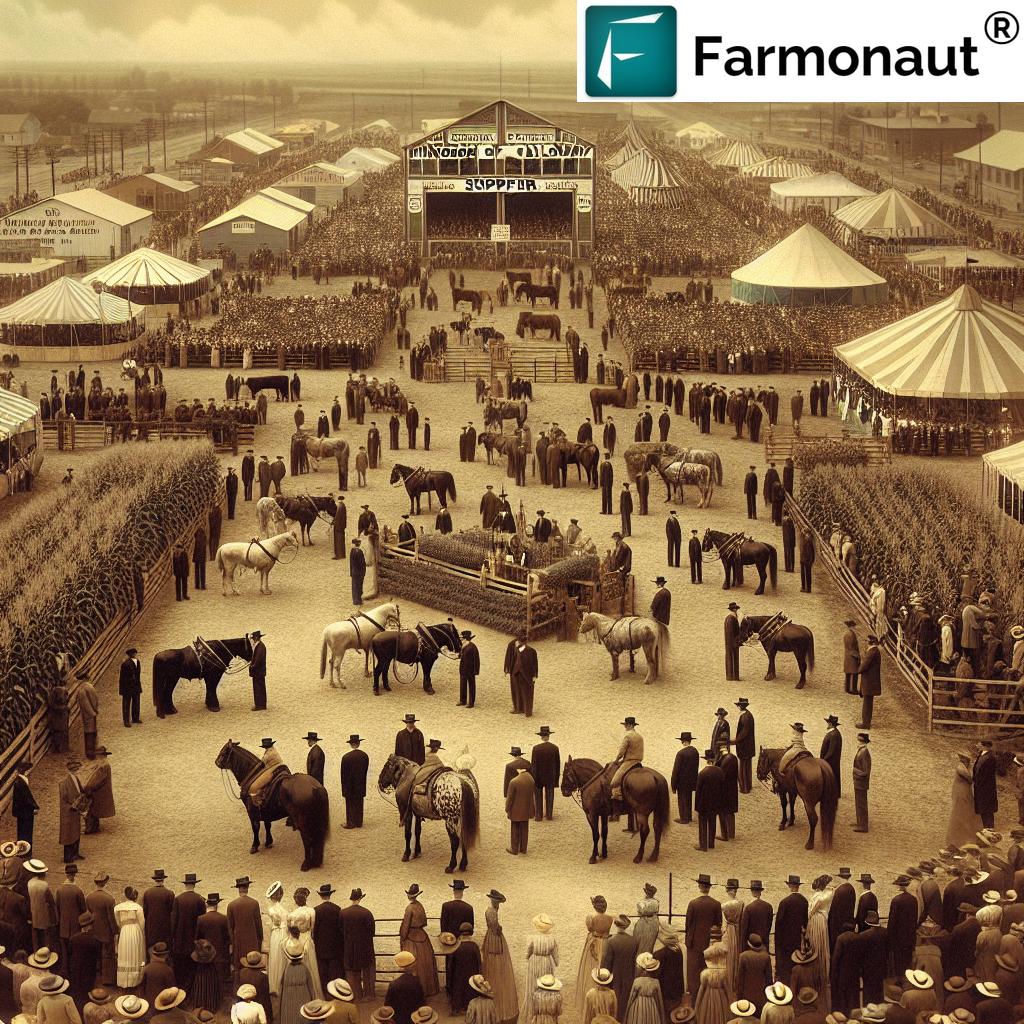
The Kingdom of Callaway Supper: A Cherished Tradition
One of the most enduring traditions to emerge from this period is the Kingdom of Callaway Supper. This annual event, which honors notable citizens of Callaway County, has become a cornerstone of local culture and a celebration of the region’s agricultural heritage.
Origins and Significance
The Kingdom of Callaway Supper traces its roots back to the early 20th century, evolving into a beloved tradition that continues to this day. The event serves as a platform to recognize individuals who have made significant contributions to the county and its agricultural community.
Notable Honorees
Over the years, the Kingdom of Callaway Supper has celebrated a diverse array of local luminaries. In 1950, T. Roger Blythe, a native of New Bloomfield who had found success as an artist in Tucson, Arizona, was named the Guest of Honor. Blythe’s story is particularly fascinating, as it showcases the diverse paths taken by those with roots in Missouri’s agricultural communities.
Blythe’s career included various vocations, but his passion for art led him to create souvenir booklets featuring pencil sketches of different cities and landmarks. His works included presentations of Springfield and the Ozark area, the California missions, and even a booklet on “Tombstone, Arizona, the Town Too Tough to Die.” By 1950, he had published 140,000 booklets and was working on a major project titled “Capitols of the United States.”
The recognition of figures like Blythe at the Kingdom of Callaway Supper demonstrates how the event celebrates not only those who remained in agriculture but also those who carried the values and work ethic of their Missouri upbringing into other fields.
The Formation of the Missouri State Highway Patrol
As Missouri’s agricultural communities grew and prospered, the need for improved infrastructure and law enforcement became increasingly apparent. This led to the formation of the Missouri State Highway Patrol (MSHP) in the 1930s, an organization that would play a crucial role in the state’s development.
Leadership and Notable Events
One of the most significant figures in the early history of the MSHP was Colonel Hugh Hardin Waggoner, a native of Callaway County. Waggoner was the only trooper to be elected Superintendent of the Missouri State Highway Patrol, serving in this role from 1945-1949 and 1953-1965. The building housing the General Headquarters of the MSHP is named after him, a testament to his lasting impact on the organization.
Under Waggoner’s leadership, the MSHP was involved in several historic events:
- In 1946, the MSHP escorted President Harry S. Truman and Prime Minister Winston Churchill to Fulton from the Jefferson City train depot for Churchill’s famous ‘Iron Curtain’ speech at Westminster College.
- On September 22, 1954, Colonel Waggoner issued a call for all available troopers to report to the Missouri State Penitentiary in Jefferson City to help control riots. Within hours, 265 troopers (80% of the department) from across the state responded, successfully containing the riots and preventing any prisoner escapes.
These events highlight the crucial role played by the MSHP in maintaining order and supporting significant state and national events, demonstrating how the organization has become an integral part of Missouri’s history and development.
The Evolution of Missouri’s Agricultural Landscape
As we trace the development of Missouri’s agricultural heritage from the early 1900s through the mid-20th century, we see a remarkable transformation. The state evolved from a place of muddy crossings and pioneer settlements to a thriving agricultural powerhouse with advanced education systems, competitive events, and strong institutions supporting its farming communities.
This evolution laid the groundwork for Missouri’s continued prominence in agriculture today. The state remains a leader in various agricultural sectors, building on the foundation established by those early pioneers and innovators.
Modern Agricultural Innovations: Farmonaut’s Contribution
As we reflect on Missouri’s rich agricultural heritage, it’s fascinating to consider how modern technology is shaping the future of farming, not just in Missouri but around the world. Companies like Farmonaut are at the forefront of this agricultural revolution, offering innovative solutions that build upon the foundations laid by pioneers and early agricultural educators.
Farmonaut provides advanced, satellite-based farm management solutions that make precision agriculture more accessible and affordable for farmers worldwide. Their platform integrates cutting-edge technologies like artificial intelligence, blockchain, and machine learning to address various agricultural challenges.
Key Features of Farmonaut’s Platform
- Satellite-Based Crop Health Monitoring: Using multispectral satellite images, Farmonaut provides insights into vegetation health, soil moisture levels, and other critical metrics.
- Jeevn AI Advisory System: This AI-driven tool delivers real-time insights, weather forecasts, and expert crop management strategies to farmers.
- Blockchain-Based Product Traceability: Farmonaut’s blockchain integration ensures transparency and security in agricultural supply chains.
- Fleet and Resource Management: Tools for efficient management of agricultural machinery and logistics.
- Carbon Footprinting: Features to help agribusinesses monitor and reduce their environmental impact.
These technologies represent the next step in the evolution of agricultural practices, building upon the foundation of knowledge and expertise developed over generations of Missouri farmers.
Earn With Farmonaut: Affiliate Program
Earn 20% recurring commission with Farmonaut’s affiliate program by sharing your promo code and helping farmers save 10%. Onboard 10 Elite farmers monthly to earn a minimum of $148,000 annually—start now and grow your income!
Connecting Past and Present: The Continuing Legacy of Missouri’s Agricultural Heritage
As we’ve explored Missouri’s rich agricultural history, from the muddy streets of early 20th century Fulton to the establishment of prestigious livestock judging contests, we can see how this legacy continues to shape the state’s identity and economy today. The spirit of innovation, resilience, and community that characterized those early pioneers and agricultural educators lives on in modern farming practices and technological advancements.
The story of Missouri’s agricultural development is one of continuous adaptation and progress. From the early settlers who chose a cow over land, to the young judges who honed their skills in livestock evaluation, to the formation of institutions like the Missouri State Highway Patrol, each chapter has contributed to the state’s growth and prosperity.
Today, as we face new challenges in agriculture, including climate change, resource management, and food security, the lessons from Missouri’s past provide valuable insights. The determination of those early farmers who navigated muddy streets and the foresight of educators who established agricultural competitions continue to inspire modern efforts to innovate and improve farming practices.
Companies like Farmonaut, with their focus on satellite-based farm management and AI-driven advisory systems, represent the latest chapter in this ongoing story of agricultural innovation. By making precision agriculture more accessible and affordable, they are helping to democratize advanced farming techniques, much like the early agricultural education programs did in their time.
As we look to the future, it’s clear that Missouri’s agricultural heritage will continue to play a crucial role in shaping not just the state’s economy, but also its culture and identity. The Kingdom of Callaway Supper, now over a century old, stands as a testament to the enduring importance of agriculture in Missouri’s communities. It serves as a reminder of the value of honoring those who contribute to the state’s agricultural success, whether through traditional farming, innovative technologies, or related fields.
In conclusion, Missouri’s journey from pioneer settlements to a leader in agricultural education and innovation is a story of transformation, resilience, and community. As we continue to face new challenges and opportunities in agriculture, we can draw inspiration and lessons from this rich history, ensuring that Missouri remains at the forefront of agricultural innovation for generations to come.
Timeline of Key Events in Missouri’s Agricultural Heritage
| Year | Event | Significance |
|---|---|---|
| 1820 | Wm. Slavens moves to Missouri | Illustrates early settler experiences and perceptions of value |
| Early 1900s | Muddy streets in Fulton | Highlights infrastructure challenges faced by growing communities |
| Early 20th Century | Establishment of Kingdom of Callaway Supper | Begins a tradition of honoring notable citizens and agricultural contributions |
| 1925 | Callaway boys win livestock judging contests | Demonstrates the growth of agricultural education and competitions |
| 1930s | Formation of Missouri State Highway Patrol | Improves infrastructure and safety, supporting agricultural development |
| 1945-1965 | Col. Hugh Hardin Waggoner’s leadership of MSHP | Showcases the connection between agricultural communities and state institutions |
| 1950 | T. Roger Blythe honored at Kingdom of Callaway Supper | Illustrates the diverse paths taken by those with roots in Missouri’s agricultural communities |
FAQ: Missouri’s Agricultural Heritage
- What was the significance of the Kingdom of Callaway Supper?
The Kingdom of Callaway Supper is a cherished local tradition that honors notable citizens and celebrates the agricultural heritage of Callaway County, Missouri. It has been ongoing for over 100 years, serving as a testament to the community’s rich history and the importance of agriculture in the region. - How did livestock judging contests contribute to Missouri’s agricultural development?
Livestock judging contests, introduced in the early 20th century, played a crucial role in advancing Missouri’s farming practices. They provided hands-on education for young farmers, helped develop expertise in animal evaluation, and contributed to the state’s reputation as a leader in livestock production. - What role did the Missouri State Highway Patrol play in the state’s agricultural development?
The formation of the Missouri State Highway Patrol in the 1930s improved infrastructure and safety across the state, indirectly supporting agricultural development by facilitating transportation and maintaining order. The MSHP also played a role in significant state events, demonstrating the interconnectedness of various state institutions with agricultural communities. - How has Missouri’s agricultural landscape evolved since the early 1900s?
Missouri’s agricultural landscape has transformed dramatically since the early 1900s, evolving from pioneer settlements with muddy streets to a thriving agricultural powerhouse. The state has seen advancements in farming techniques, the establishment of strong educational institutions, and the integration of modern technologies in agriculture. - How are modern technologies continuing the legacy of Missouri’s agricultural innovation?
Modern technologies, such as those offered by companies like Farmonaut, are building upon Missouri’s legacy of agricultural innovation. Satellite-based farm management, AI-driven advisory systems, and blockchain-based traceability solutions represent the next step in agricultural advancement, making precision farming more accessible and sustainable.
Farmonaut: Pioneering the Future of Agriculture
As we’ve explored Missouri’s rich agricultural heritage, it’s clear that innovation has always been at the heart of farming progress. Today, companies like Farmonaut are continuing this tradition by leveraging cutting-edge technology to address modern agricultural challenges. Let’s take a closer look at how Farmonaut is shaping the future of farming:
Farmonaut’s Innovative Solutions
- Satellite-Based Crop Monitoring: Farmonaut uses advanced satellite imagery to provide real-time insights into crop health, helping farmers make informed decisions about irrigation, fertilization, and pest management.
- AI-Powered Advisory: The Jeevn AI system offers personalized recommendations based on data analysis, continuing the legacy of agricultural education in a high-tech format.
- Blockchain Traceability: By ensuring transparency in the supply chain, Farmonaut is addressing modern concerns about food safety and authenticity.
- Resource Management: Tools for efficient fleet and resource management help farmers optimize their operations, much like the early agricultural educators taught efficient farming practices.
To learn more about how Farmonaut is revolutionizing agriculture, check out their offerings:
For developers interested in integrating Farmonaut’s technology into their own solutions, check out the API and API Developer Docs.
Farmonaut Subscriptions
By embracing these innovative solutions, modern farmers are carrying forward the spirit of innovation that has characterized Missouri’s agricultural history for over a century. From the muddy streets of early Fulton to the satellite-guided precision farming of today, the story of Missouri’s agriculture is one of constant progress and adaptation.
As we look to the future, it’s clear that the values of resilience, community, and innovation that defined Missouri’s early agricultural pioneers continue to shape the industry today. With tools like those offered by Farmonaut, farmers are better equipped than ever to face the challenges of modern agriculture while honoring the rich heritage of farming in Missouri and beyond.





